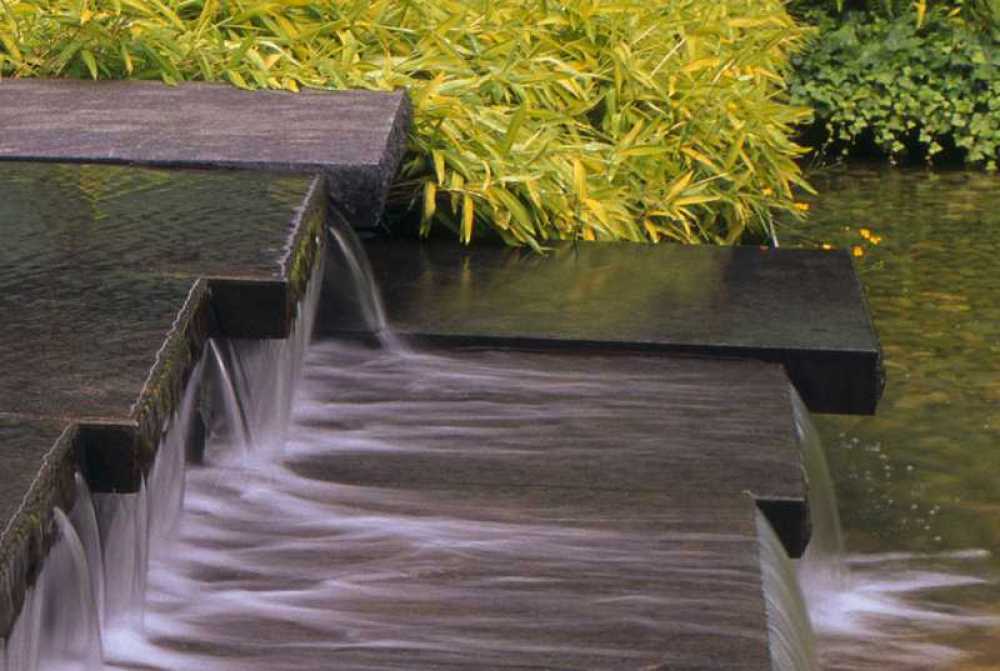在制定了阿尔巴尼Uptown和市中心校区的总体规划后,MNLA被邀请为现有的Uptown校园核心附近的194,000平方英尺的生命科学研究大楼(LSRB)准备景观设计。该设计符合由Edward Durrell Stone设计的校园平台的巨大的现代主义审美,并编织循环路线,户外“房间”包围由等位。
景观庭院被设计为新建筑及其内部空间的外部延伸。中央庭院是新建筑的组织元素。其喷泉和周边水景为游客进入建筑提供了一个戏剧性和优雅的第一印象。规模小于其他两个庭院,它的目的是鼓励建筑用户之间的偶然接触。喷泉从一个静止的,开放的水池轻轻地瀑布到下部周边槽。圣约翰黑色寒武纪花岗岩被堆叠起来,形成水流过的开放裂缝。
为了与Albany Pine Bush地区内的生态敏感地点保持一致,该设计广泛使用原生和低用水量的植物物种。结果是四个令人惊叹的庭院,改善的行人通道重新配置,和中央庭院的和平喷泉空间。
After developing a master plan for the State University of Albany Uptown and Downtown Campuses, MNLA was invited to prepare the site design for a 194,000 sf Life Science Research Building (LSRB) adjacent to the existing Uptown Campus core. The design conforms to the monumental modernist aesthetic of the campus podium designed by Edward Durrell Stone and weaves circulation routes through large, outdoor “rooms” enclosed by allees.
The landscape courtyards are designed as exterior extensions of the new architecture and its interior spaces. The central courtyard is the organizing element of the new building. Its fountain and perimeter water feature provide a dramatic and elegant first impression for visitors entering the building. Smaller in size than the other two courtyards, it is designed to encourage casual encounters among building users. The fountain cascades gently from a still, open pool to a lower perimeter trough. St. John’s Black Cambrian Granite was stacked to create the open fissure across which the water flows.
In keeping with the ecologically sensitive location within the Albany Pine Bush region, the design makes extensive use of native and low water consumption plant species. The result is four stunning courtyards, an improved pedestrian circulation reconfiguration, and a peaceful fountain space at the central courtyard.






















